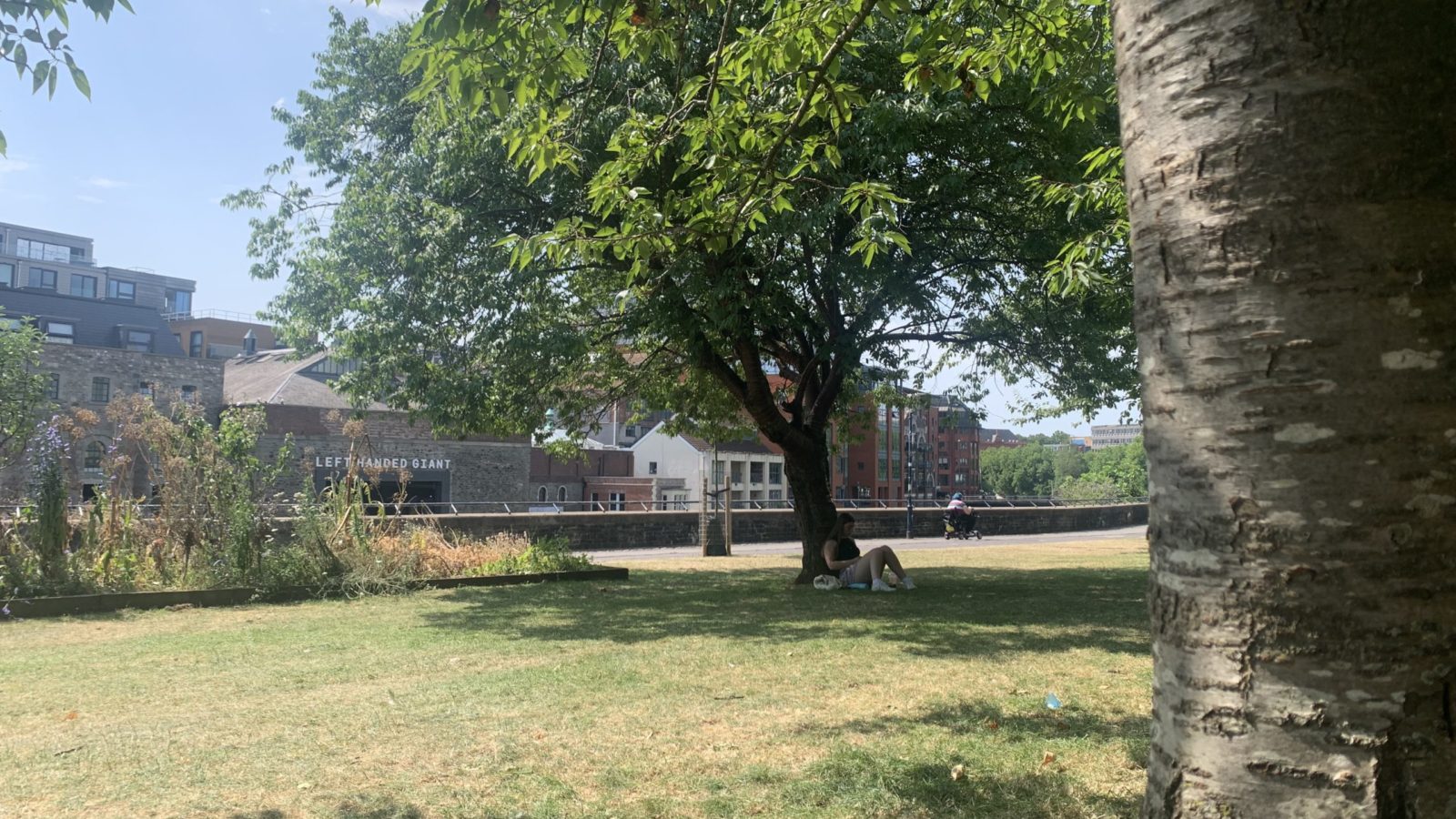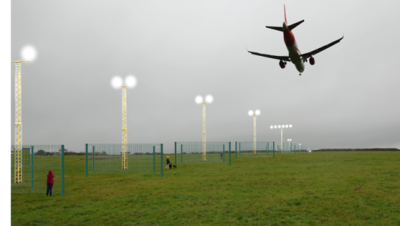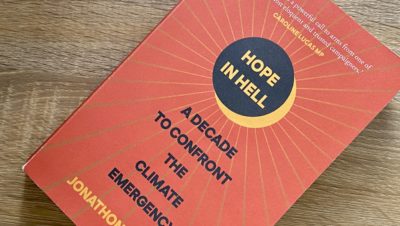Your say / climate change
‘Bristol needs to get on the front foot to avoid heat-related deaths’
It might not be the popular view, but I know I’m not alone in welcoming this week’s cooler temperatures with a sigh of relief.
Over the last week I’ve considered myself lucky to have got away with a walk from Bedminster to Easton in 30 degrees with only mild sunstroke, to have a backyard apple tree to hide under, and to have been able to drive to a clean-ish river for a dip when the city’s heat became unbearable.
For others in Bristol, the heatwave could easily prove more challenging
is needed now More than ever
The grim reality is that such high temperatures – exacerbated by the built environment’s greater absorption and retention of solar radiation, with cities up to 12 degrees hotter than their rural counterparts, aka the ‘urban heat island effect‘ – can cause serious harm.
And it is the most vulnerable among us that are hit first, and hardest.
A study released this week by University College London researchers warned that heat-related deaths in England and Wales could increase 50-fold over the next 50 years.
The temperatures experienced this year – it’s our third blast of 30+ degrees in Bristol, and England’s warmest June on record following the UK’s driest spring for 132 years – are unprecedented in the UK, and have been linked categorically, by scientists, to human-driven global heating.
And we’re already seeing the effects: the second heatwave in June tripled deaths in 12 European countries, including London.
“Over the next 50 years, the health impacts of a warming climate are going to be significant,” said the study’s lead author, Dr Clare Heaviside. “We can mitigate their severity by reducing greenhouse gas emissions and with carefully planned adaptations, but we have to start now.”
And on Monday, the Met Office released the State of the UK Climate report which named extreme temperatures the UK’s “new normal”.
“Every year that goes by is another upward step on the warming trajectory our climate is on,” said lead author Mike Kendon. “Our climate in the UK is now notably different to what it was just a few decades ago.”
It’s clearly time to act to protect residents. There are things that can be done now to soften the blow. And they aren’t rocket science.
The council’s work to reduce carbon emissions is essential but adaptation measures are needed to cope with the heating effects already underway.
The Cool Space project involves community spaces across the city – including St Werburgh’s and Easton community centres, Windmill Hill City Farm and Lockleaze Hub – offering a place out of the sun for people to sit and rest, with drinking water on hand.
The project is supported by IMAGINE adaptation, a European organisation considering urban resilience in a changing climate.
Working with residents, including those involved in Community Climate Action projects, they helped to build a picture of an ideal urban ‘cool space’ which included trees, shaded seating areas, water features and freely available drinking water.
Free access to unpolluted waterways for wild swimming in central locations such as Conham River Park would be a welcome addition to the list.
More trees would improve the city in multiple ways, from protective shade to improved air quality, reduced flooding and increased urban wildlife habitat.
The Keep Bristol Cool framework, put together by the council’s last administration, suggests natural features or living infrastructure such as green spaces, trees and water bodies provide natural cooling and “trees can be used to improve the resilience of neighbourhoods”.
The associated mapping tool, designed to locate the worst urban heat risk in the city, identifies the most vulnerable neighbourhoods, which councillors suggest will be used to “direct the focus of green infrastructure improvements to improve community resilience.”
While the tool doesn’t give detail on tree cover specifically, the ‘mean distance to greenspace’ map indicates people in a significant proportion of wards including central, Lawrence Hill, Cotham, Clifton Down, Southville and parts of Easton, Redland and Bishopston, are at very high or high risk from urban heat effects.
Bristol City Council’s One City Plan includes a target to increase the city’s tree canopy by 25% by 2035, doubling it by 2046. But there’s little detail available on what is planned in the short term.
Residents can take matters into their own hands, sponsoring a tree in their neighbourhood which the Trees for Cities charity will plant in the winter months to prepare for the heatwaves of 2026.
Making housing more heat-friendly would also help, with improvements to flats and high rises particularly benefiting those most vulnerable. Better ventilation, reflective window film, protective blinds and residential access to green space would all improve quality of life for communities.
Bristol City Leap are hoping to find the resource to retrofit 28,000 homes across Bristol, focusing on energy efficiency which they say will “play a crucial role in regulating indoor temperatures, regardless of the season.
“By improving insulation, installing energy-efficient windows and enhancing ventilation, we can significantly reduce heat loss in winter and maintain cooler indoor environments during the summer.”
While tackling health in heatwaves is a challenge for yesterday, it’s hoped plans are currently being put in place for the wet season to come. The Met Office also reports a significant rise in rain and flooding, with 2024 experiencing the wettest winter half year in 250 years.
With global heating effects already upon us. Bristol needs to get on the front foot and ensure the city is future-proofed to cope with the visibly changing climate that has real potential to endanger residents if adaptation is not given the resource it requires.
Main image: Mia Vines Booth
Read next:
 Our newsletters emailed directly to you
Our newsletters emailed directly to you




















